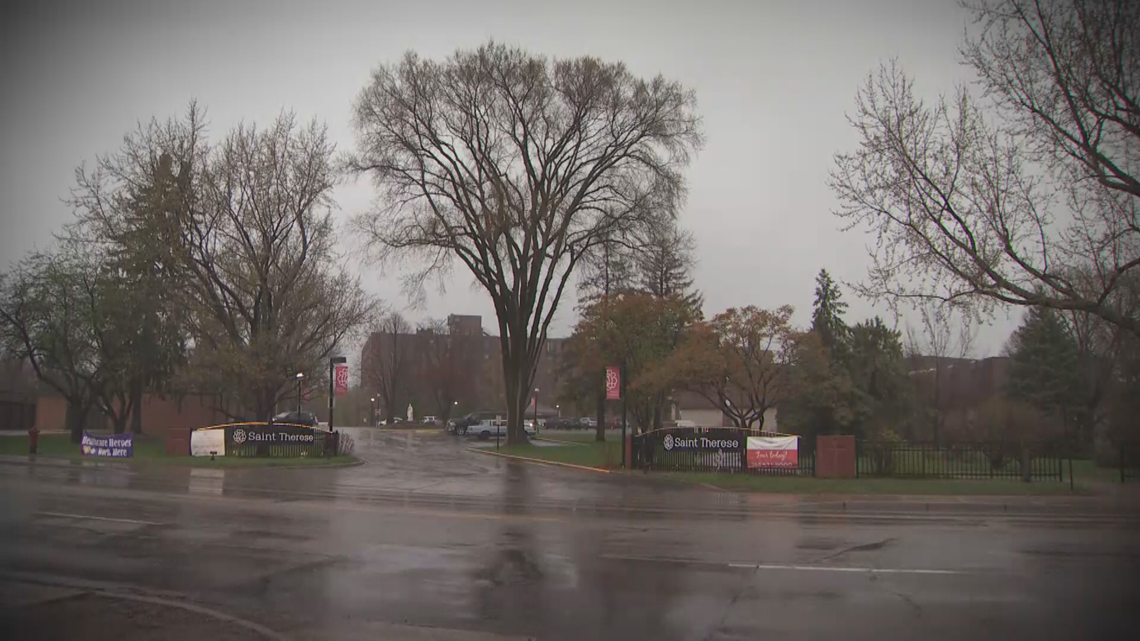Health department found that employees failed to follow infection control protocols when dealing with COVID-19 patients.
NEW HOPE, Minn. — Gabriela Sikich got a call from the St. Therese nursing home on April 9, telling her that her mother was sick, but that she didn’t exhibit all the symptoms of COVID-19 and seemed fine.
A few days later, Sikich got another call. Her mother, 89-year-old Jutta Prisler, hadn’t improved, and a test revealed that she was positive for COVID-19. Two days later, on April 14, her mother was dead.
“I’m really angry at the fact that they did not take the time or the protocol that they needed to, which I thought was to test her right away,” Sikich said. “The saddest thing is we couldn’t say goodbye, that we couldn’t hold their hands and say goodbye.”
Prisler is one at least 47 St. Therese residents who have died from coronavirus complications.
The day Prisler died, inspectors from the Minnesota Department of Health visited the home as it was in the midst of an outbreak among employees and staff. They found infection control violations that “had the potential to affect all residents, staff and visitors residing in the facility,” according to a report released Friday by the health department.
Since the inspection, at least 22 other residents died from COVID-19, state death certificate data shows.
“Hadn’t really had any” training’
The health department report said staff told investigators that they didn’t have the proper training to prevent infection from spreading in the home. The nursing home administrator denied that allegation.
During the visit, a physical therapy assistant was seen coming out of a COVID-positive resident’s room in a short-sleeved gown and not wearing eye-protection, carrying a trash bag full of fluids and food, according to the report.
That violated posted warnings saying employees must wear protective equipment including eye-protectors when entering COVID-positive patient rooms – and must remove and bag protective gowns just before leaving the room so as not to spread the virus to common areas.

